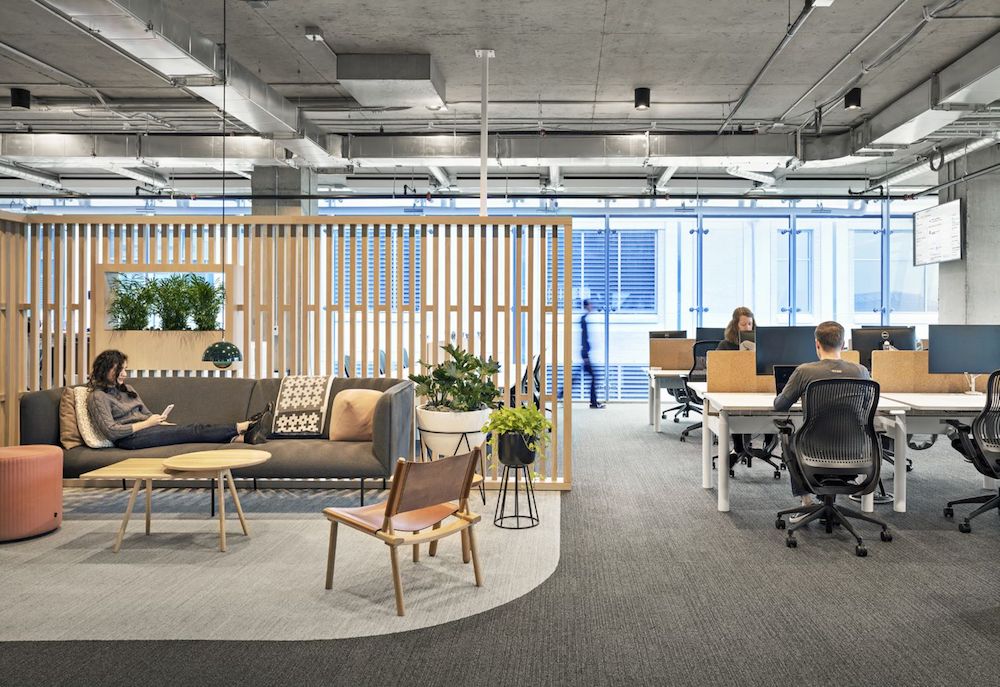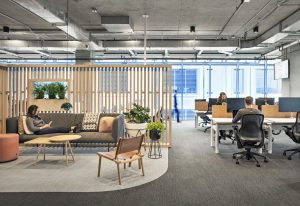- 15 September 2023
- 79
Commercial Real Estate Redefined: Adapting to Post-Pandemic Workstyles

Introduction
The commercial real estate landscape is undergoing a transformation unlike any other, spurred by the seismic shifts in workstyles brought about by the COVID-19 pandemic. In this article, we will delve into how the commercial real estate sector is redefining itself, adapting to the ever-evolving post-pandemic workstyles, and the innovative strategies it employs to remain agile and relevant in a rapidly changing world.
The Post-Pandemic Workstyle Revolution
Before we explore how commercial real estate is adapting, let’s understand the profound changes in post-pandemic workstyles.
Table: Post-Pandemic Workstyle Evolution
| Workstyle | Characteristics |
|---|---|
| Hybrid Work | Blend of remote and in-office work |
| Flexible Schedules | Non-traditional work hours and arrangements |
| Distributed Workforce | Geographically dispersed teams |
| Workplace Safety Focus | Enhanced health and safety measures |

This table highlights the key elements of the post-pandemic workstyle evolution, including hybrid work models, flexible schedules, distributed workforces, and a heightened focus on workplace safety.
Commercial Real Estate’s Adaptive Strategies
In response to these workstyle changes, the commercial real estate sector is adopting adaptive strategies to remain relevant and cater to the evolving needs of businesses.
Table: Adaptive Strategies in Commercial Real Estate
| Strategy | Description |
|---|---|
| Flexible Space Offerings | Coworking, hot-desking, and short-term leases |
| Workplace Technology | Integration of smart technology for flexible operations |
| Wellness-Centric Design | Focus on health and well-being in office spaces |
| Location Flexibility | Expanding into suburban and secondary markets |

This table provides insights into the adaptive strategies commercial real estate is employing, including offering flexible space options, integrating advanced workplace technology, prioritizing wellness in design, and expanding into different geographic markets.
Case Studies: Successful Adaptations
To grasp the practical implications of these strategies, let’s explore real-world case studies of commercial real estate redefining itself.
Table: Case Studies in Commercial Real Estate Redefinition
| Case Study | Key Takeaways |
|---|---|
| Co-Lab: A Flex Office Solution | Providing a flexible, collaborative workspace |
| Smart Office Tech Integration | Enhancing tenant experiences with smart technology |
| WELL-Certified Office Spaces | Prioritizing occupant health and well-being |
| Suburban Expansion | Capitalizing on the trend of remote work |
These case studies showcase how commercial real estate players are successfully adapting to the evolving workstyles, offering flexible solutions, leveraging technology, prioritizing wellness, and exploring new markets.
The Future of Commercial Real Estate
The future of commercial real estate lies in its ability to remain agile and responsive to changing workstyles.
Table: Commercial Real Estate’s Future Outlook
| Outlook | Description |
|---|---|
| Hybrid Work Environments | Continued focus on flexibility and hybrid workspaces |
| Tech-Driven Innovations | Advancements in smart building technology and automation |
| Sustainability Focus | Greater emphasis on green and sustainable spaces |
| Resilience in Uncertainty | Preparedness for future disruptions and crises |
This table outlines the future outlook for commercial real estate, characterized by hybrid work environments, tech-driven innovations, sustainability, and resilience.
Conclusion
As we navigate the changing landscape of post-pandemic workstyles, the commercial real estate sector is at the forefront of redefining itself. Its adaptability, innovative strategies, and commitment to meeting the evolving needs of businesses are key to its continued relevance in a dynamic world.
Whether you are a commercial real estate professional or a business leader, understanding and embracing these changes will be essential for a successful future. The commercial real estate sector is not just reacting to change; it is shaping the future of work environments, ensuring they remain flexible, technologically advanced, sustainable, and resilient in the face of uncertainty.

